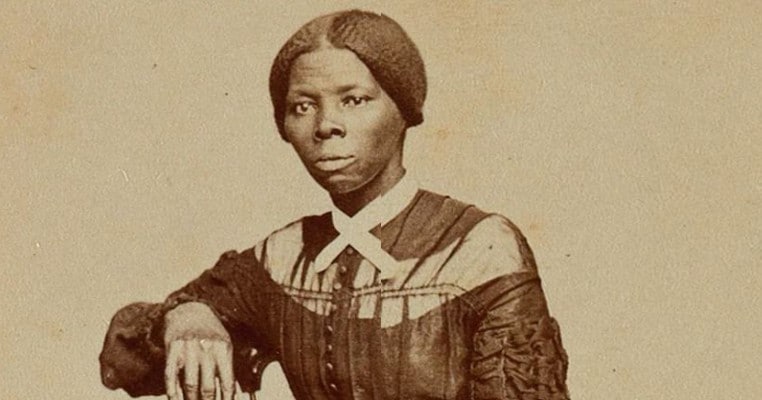Harriet Tubman is widely regarded as one of the most important Americans who ever lived. Despite her humble origins, she rose to become a hero of the abolitionist movement, and then a hero of the Civil War. She was famous in her day – or infamous to slave owners and then the Confederacy – but achieved real fame after her death.
Tubman’s was a colorful, fascinating and long life – even if nobody knows exactly how long it was. Moreover, her legacy has been longer still. The leaders of the Civil Rights movement in 1950s and 60s America looked to her for inspiration, especially the women. What’s more, she’s still widely regarded as a hero today, with her bravery and moral courage admired by millions.
So who was Harriet Tubman? How did she escape a life of slavery in the bigoted South? And how did she grow up to become at first a living legend and then an icon of American history? Here’s all you need to know, and more, about this great life:

Nobody knows when exactly she was born
When she later claimed for a pension following the end of the Civil War, Tubman noted that the year of her birth was either 1820, 1822 or 1825. And that was about as close as she was able to guess. She had no clue what day or even what month she was born. Tragically, this was all too common for those who were born into slavery.
Historians looking into the matter generally agree with Tubman’s own estimates. Most researchers believe that she was either born in 1822 or 1825. There are some interesting clues to support this. As well as an invoice from a midwife working on the plantation where Tubman’s family were enslaved, there’s the ‘Wanted’ poster that was put up when she managed to escape to freedom. What’s more, in addition to the pension claim form, there’s Tubman’s death certificate and her gravestone. Combined, these show just how hard it is to come up with a concrete date of birth for one of America’s most-respected heroes.
What is known is that Tubman was born in Dorchester County, Maryland, into slavery. Little is known about her ancestors, aside from the fact that her grandmother (on her mother’s side) was taken from Africa and brought to America to work as a slave. Again, however, the year of her arrival on American soil is unknown and likely to remain so. The historical records do show, however, that young Harriet had eight brothers and sisters, namely: Linah (born in 1808), Mariah Ritty (1811), Soph (1813), Robert (1816), Ben (1823), Rachel (1825), Henry (1830), and Моses (1832). In a neat twist, Harriet would gain the nickname Moses in later life, thanks to her heroic work bringing slaves to freedom.

